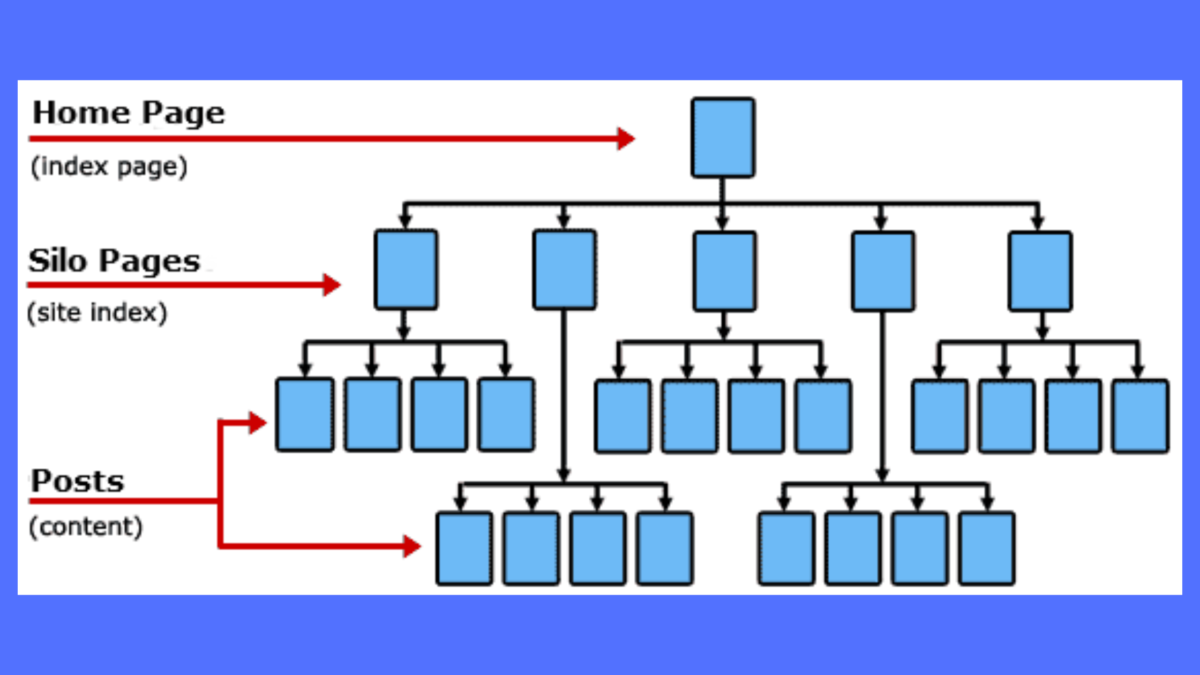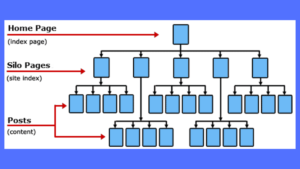
Best Seo Silo Structure|Website for SEO Success & Architecture| Silo In-Depth Overview-2023

Introduction
When it comes to optimizing your website for search engines, having a well-structured and organized layout is crucial. One effective strategy to achieve this is by implementing a Silo Structure. In this article, we will explore the concept of Silo Structure, its importance in SEO, and how you can create an optimized Silo Structure for your website. Let’s dive in and uncover the secrets to improving your website’s performance and driving organic traffic.
Silo Structure: What is it?
A Silo Structure is an SEO technique that involves categorizing and organizing website content into specific themes or topics. The idea is to create a logical and hierarchical structure that helps search engines understand the relationship between different pages on your site. By grouping related content together, you can enhance the relevance and authority of your website, making it more attractive to search engines and users alike.
What is an example of a silo website structure?
These clusters are also known as ‘silos’. Each silo contains pages that deal with a category or sub-category. For example, a website that deals with tennis might have three categories: 1) Tennis Champions, 2) Tennis Championships, and 3) Tennis Rackets.
The Benefits of Implementing a Silo Structure
Organizing your website using the Silo Structure offers a myriad of benefits. Let’s take a closer look at some of the advantages:
Improved User Experience: Silo Structure enhances the user experience by providing a clear and logical navigation path. Visitors can easily find relevant information, reducing bounce rates, and increasing the time spent on your site.
Enhanced Search Engine Visibility: By organizing your content into silos, search engines can better understand your site’s architecture and the relationships between different pages. This, in turn, can boost your search engine rankings and increase organic traffic.
Better Indexing: Siloed content allows search engine bots to crawl and index your website more efficiently. This can lead to faster indexation of your pages, ensuring that new content gets discovered and ranked quickly.
Keyword Relevance: Silo Structure allows you to focus on specific target keywords for each Seo silo, improving the relevance of your content and making it more likely to appear in relevant search results.
Higher Conversion Rates: When users find the information they are looking for quickly, they are more likely to convert into leads or customers. Silo Structure facilitates this process, leading to higher conversion rates.
How to Create an Optimized Silo Structure
Creating an effective Seo Silo Structure requires careful planning and execution. Here’s a step-by-step guide to help you get started:
Step 1: Keyword Research and LSI Keywords
Begin by conducting thorough keyword research to identify the primary topics and subtopics you want to cover on your website. Use tools like Google Keyword Planner and SEMrush to discover relevant keywords. Additionally, incorporate Latent Semantic Indexing (LSI) Keywords, which are semantically related terms that enhance the context of your content and boost SEO.
Step 2: Categorize Content into Silos
After conducting keyword research, categorize your content into distinct silos based on related topics. Each silo should cover a specific theme and contain related subpages. This process will help you create a logical site structure that is easy for both users and search engines to navigate.
Step 3: Create Silo Landing Pages
Each silo should have a landing page that serves as a hub for all the subpages within that category. The landing page should provide an overview of the topic and link to the relevant subpages. This interlinking reinforces the relevance and authority of the silo.
Step 4: Optimize Content
Within each silo, optimize the content for the target keywords and LSI Keywords. Focus on providing valuable, informative, and engaging content that caters to the needs of your audience. Use a combination of paragraphs, lists, tables, and other formats to enhance readability.
Step 5: Internal Linking
Internal linking is a crucial aspect of Silo Structure. Ensure that each subpage within a silo links back to the corresponding landing page and vice versa. This interconnectedness strengthens the silo and improves overall website navigation.
Step 6: Monitor and Optimize
Regularly monitor the performance of your Silo Structure using tools like Google Analytics. Analyze user behavior, bounce rates, and conversion rates to identify areas for improvement. Continuously optimize your silos to enhance their effectiveness.
Frequently Asked Questions (FAQs)
- What is the ideal number of silos for a website?
There is no one-size-fits-all answer to this question as it depends on the size and complexity of your website. However, it is recommended to keep the number of silos manageable, focusing on the most critical topics related to your business.
- Can I change my Silo Structure later?
Yes, you can modify your Silo Structure as your website and business evolve. However, keep in mind that major structural changes may impact your SEO rankings, so it’s best to plan and make changes strategically.
- How does Silo Structure impact mobile responsiveness?
Silo Structure does not directly affect mobile responsiveness. However, ensure that your website’s design is mobile-friendly to provide a seamless user experience across all devices.
- Is Silo Structure applicable to e-commerce websites?
Absolutely! Silo Structure can be highly beneficial for e-commerce websites. By organizing products into relevant categories and subcategories, you can improve user experience and search engine rankings.
- Can Silo Structure alone guarantee high rankings?
While Silo Structure is a powerful SEO strategy, it’s essential to complement it with other optimization techniques, such as quality backlinking, on-page SEO, and valuable content creation, to achieve sustainable high rankings.
- Are there any SEO plugins that can help with Silo Structure?
Yes, various SEO plugins and tools are available that can assist with implementing and managing Silo Structure on your website. Popular options include Yoast SEO and All in One SEO Pack.
Conclusion
A well-organized website is the foundation of successful SEO, and implementing a Silo Structure can be a game-changer for your online presence. By categorizing and organizing content into silos, you enhance user experience, improve search engine visibility, and increase conversion rates. Remember to conduct thorough keyword research, optimize your content, and use internal linking to create a cohesive and powerful Seo Silo Structure. Embrace this strategy, and you’ll be well on your way to achieving SEO success and attracting organic traffic to your website.

Leave a Comment